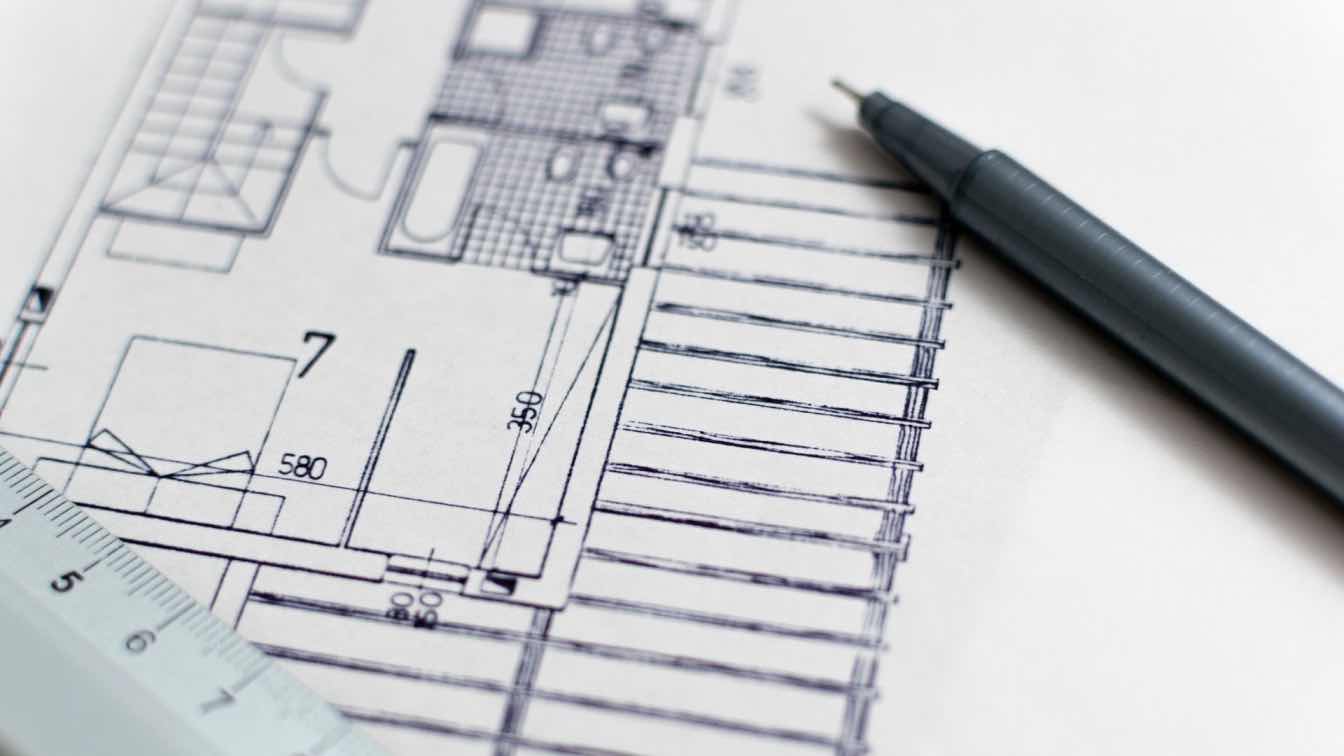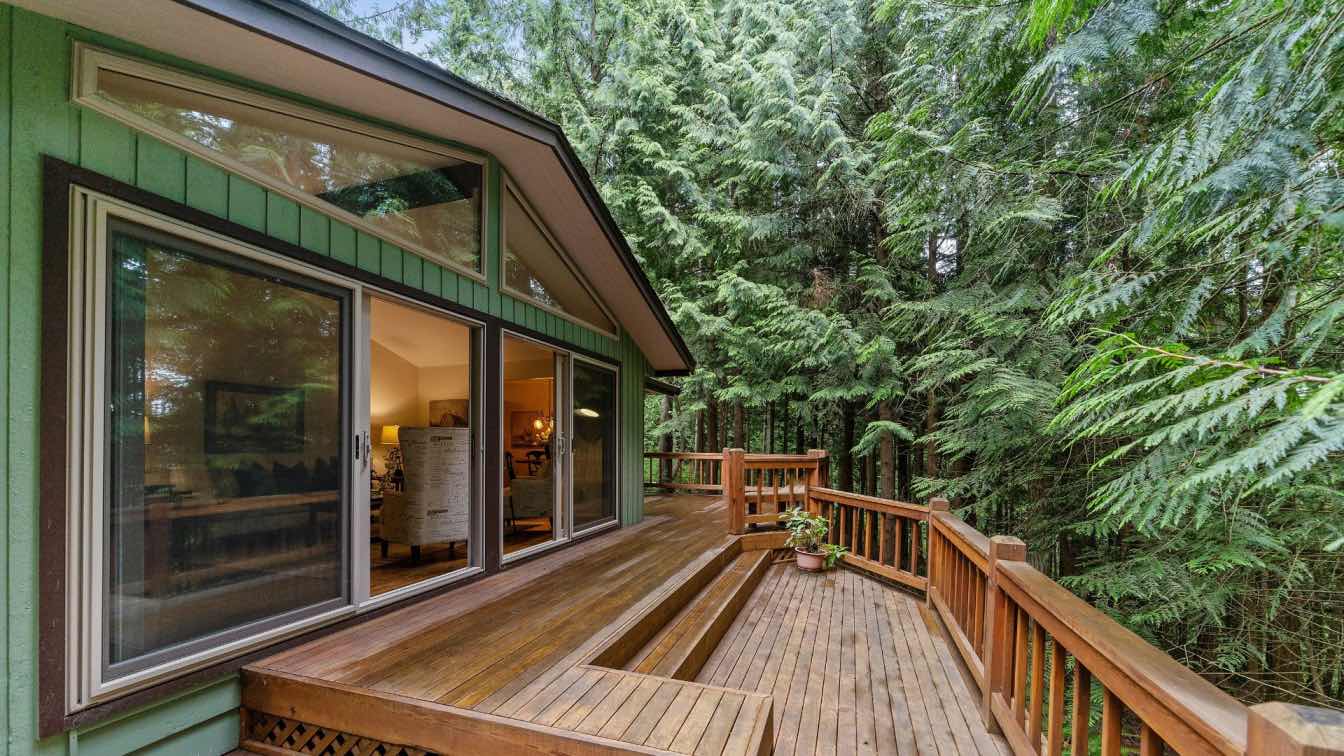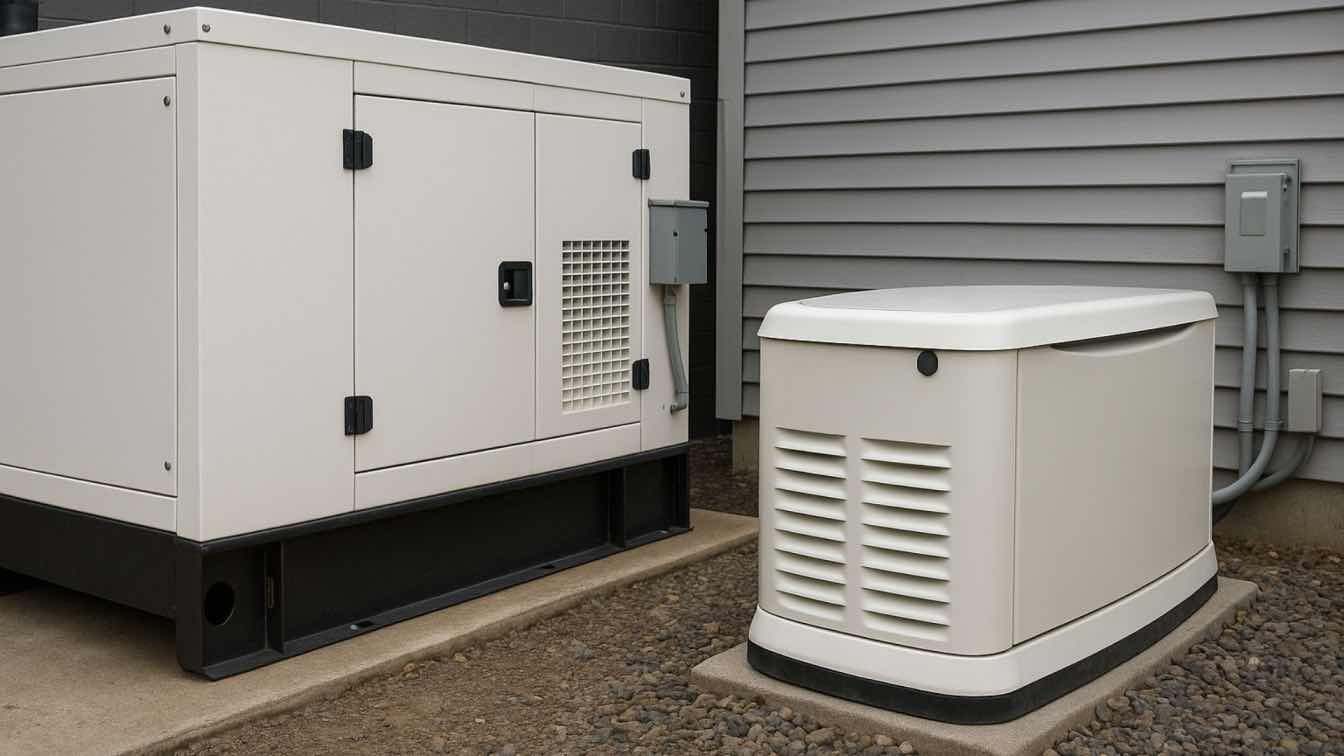Architects and homeowners alike know this: no matter how precise the drawings, how clear the scope, or how solid the quote, construction costs have a way of shifting mid-project. Materials spike. Delays pile up. And suddenly the budget that felt tight-but-doable is now on the verge of chaos.
Here’s the good news, you don’t have to blow up your vision to stay financially stable. You just need strategy.
Expect the Overruns Before They Happen
It’s not pessimism. It’s preparedness.
Most experts recommend setting aside a 10–20% contingency budget for residential and small-scale architectural builds. But in 2025’s volatile supply chain environment, even that buffer might not be enough.
Start with an honest conversation between designer, client, and contractor about where surprises are most likely to occur custom finishes, foundation work, permits, or imported materials.
Identify Where to Flex (Without Losing the Soul of the Design)
Not all cuts are equal. Swapping out a high-end faucet isn’t the same as reducing square footage or compromising natural light.
When cost pressure hits, revisit your priorities:
1. Which elements define the vision?
2. Which materials deliver form and function?
3. Which details can evolve without affecting flow, light, or spatial quality?
Smart architects know how to pivot without surrendering intention.
Communicate Early, Clearly, and With Numbers
Construction overruns are frustrating. But they’re much worse when they’re vague.
Break down what’s changed:
1. What costs more and why?
2. What’s the new timeline?
3. What are the options…short-term financing, phasing, or alternative specs?
Transparency maintains trust. Avoiding the conversation breaks it.
Explore Smart Financial Tools That Buy You Time
Sometimes, the only path forward is outside financing. That doesn’t have to mean giving up control or delaying the project indefinitely.
Short-term loans or flexible credit can bridge temporary gaps, helping you avoid design compromises or contractor walk-offs. Just make sure you choose options with transparent terms and realistic repayment timelines.
One reliable option to explore is MoneyKey, which provides modern borrowing solutions with clear terms and a focus on responsible access to credit.
Don’t think of this as adding cost. Think of it as protecting the integrity of what you’re building.
Know When to Phase, Not Abandon
Scaling back doesn’t have to mean giving up. In many cases, phasing your project can preserve the full vision without compromising financial stability, offering better cost control, manageable timelines, and flexibility when full funding isn’t immediately available.
Think of it as a staggered rollout:
1. Complete the core structural work first
2. Defer finishings, landscaping, or furniture packages
3. Integrate future-ready wiring or plumbing for easy updates
You’re not abandoning the design. You’re just giving it time to breathe.
Build with Resilience, Not Just Style
The most successful architectural projects aren’t the ones with the flashiest finishes or the most expensive materials. They’re the ones that adapt gracefully, strategically, and without losing what made the idea special in the first place.
A financial plan is as foundational as any blueprint. So when construction overruns hit and they will respond with clarity, creativity, and control.
Because great design doesn’t happen in a vacuum. It happens in the real world, with real budgets and smart decisions.





